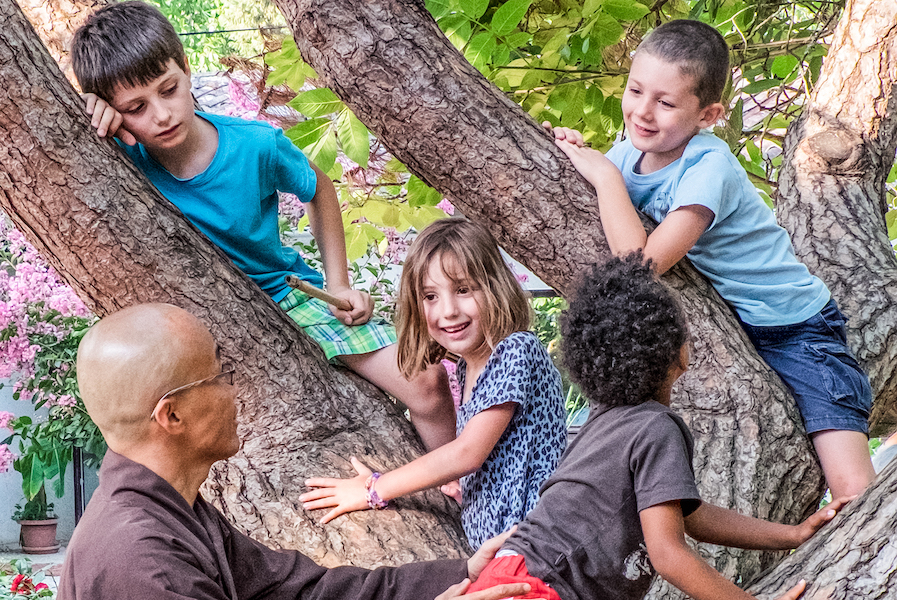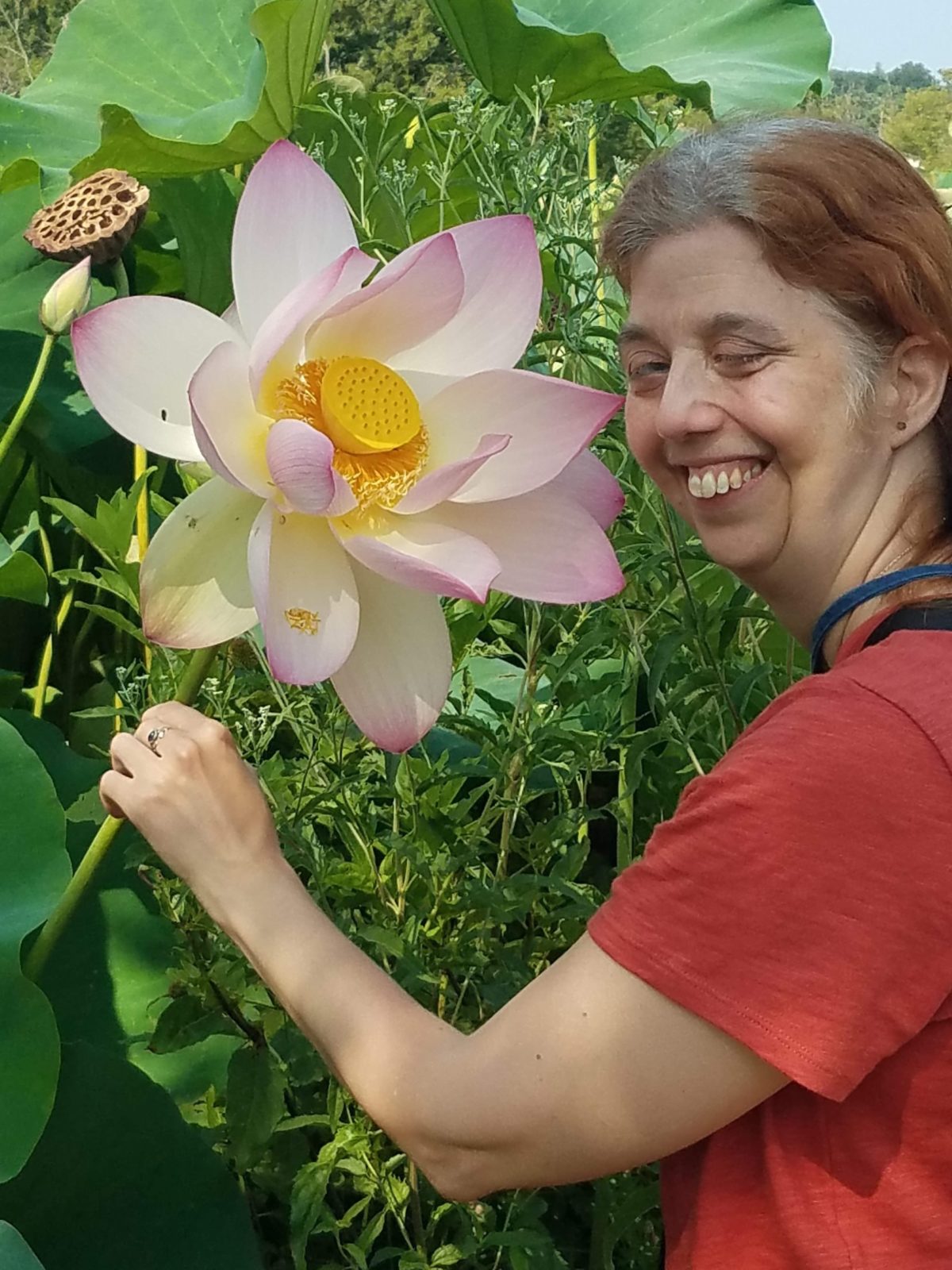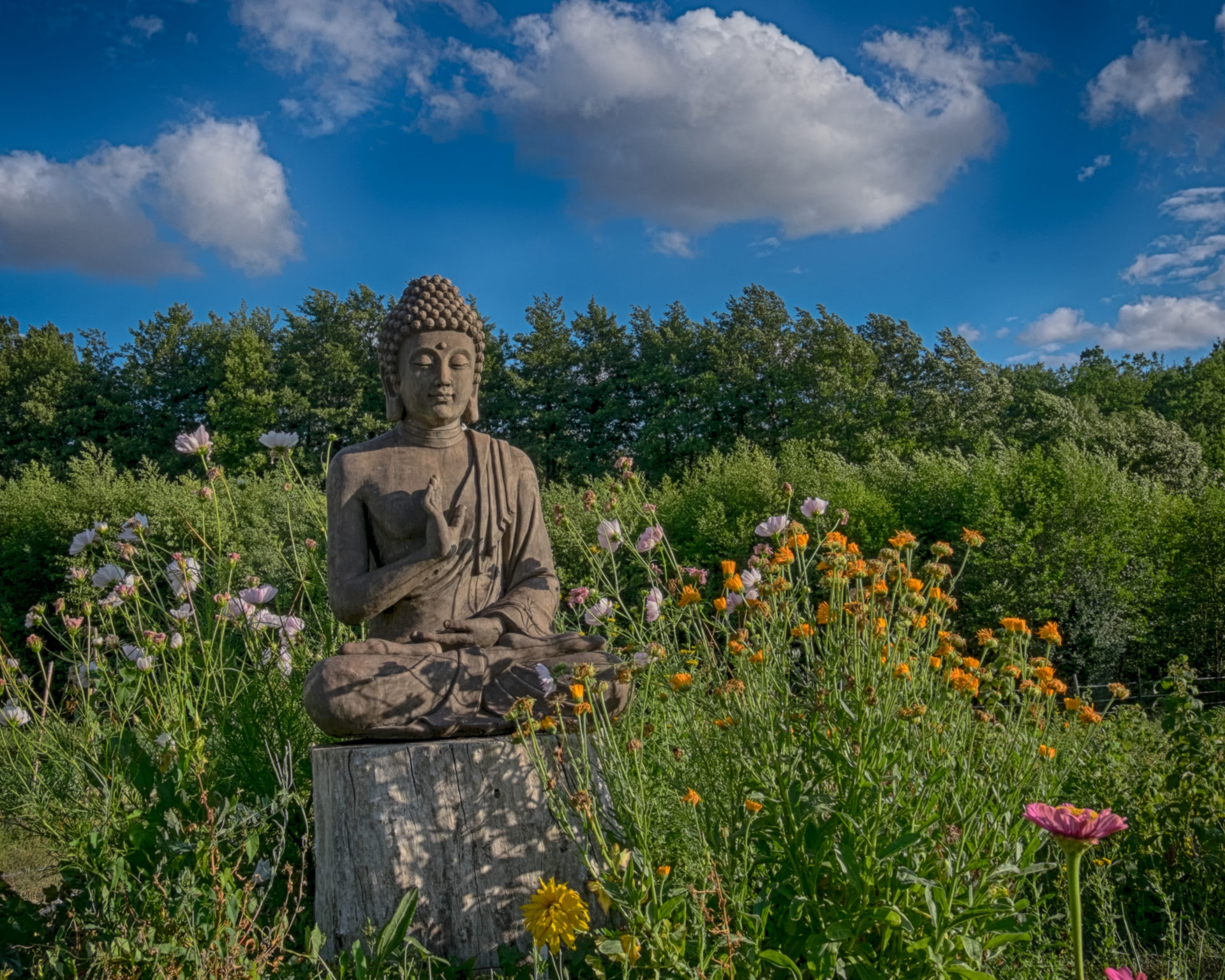By Eliza King

One unexpected avenue for me to live more fully in the present moment has been in writing a coming-of-age memoir about how my visual impairment and the disfigurement of my left eye shaped my childhood and teenage identity. I was born with significant visual impairment in both eyes. At almost two years old, an unsuccessful corneal transplant left the iris of one eye clouded over with white scar tissue.
By Eliza King

One unexpected avenue for me to live more fully in the present moment has been in writing a coming-of-age memoir about how my visual impairment and the disfigurement of my left eye shaped my childhood and teenage identity. I was born with significant visual impairment in both eyes. At almost two years old, an unsuccessful corneal transplant left the iris of one eye clouded over with white scar tissue. Since then, when people meet me for the first time, they see and react to the disfigured eye. The constant negative reactions over time shaped and impacted my self-image. I have spent years letting go of the past and learning to forgive.
In writing my memoir, I’ve reflected on, crafted, and written down stories from my past. I’ve looked deeply into the roots of dysfunctional patterns and challenging memories. In this process, I’ve been overwhelmed and flooded by grief and unresolved anger. Reading my childhood diaries and poring over old photos and school yearbooks has been both illuminating and wrenching. I look back at myself as a young girl and woman, and feel the seductive patterns of suffering calling me back into the rutted path of unhealthy mental formations. Even when I break away from this introspection, resuming my present life and current social interactions, my day feels tinged with the heaviness of old suffering and sadness.
The Fifth Mindfulness Training, Nourishment and Healing, helps me notice when I am feeling trapped in old hurts and lost in anxiety about people’s future reactions to my writing. This sentence especially resonates with me: “I will practice coming back to the present moment to be in touch with the refreshing, healing, and nourishing elements in me and around me, not letting regrets and sorrow drag me back into the past, nor letting anxieties, fear, or craving pull me out of the present moment.” The Fifth Mindfulness Training reminds me to pause, notice what I’m consuming emotionally, and shift my focus.
Through trial and error, I’ve created a set of healthy practices to bring me back into the present moment, in addition to sitting, breathing, and walking meditation. I have learned that I need to exercise my body regularly—a form of tension release that calms my nervous system by walking outside in nature and breathing fresh air—to connect deeply with a close friend about my feelings, and to take showers to wash off the unhappy residue of my past. I’ve had to recognize when I need to limit writing about my past and follow through on taking breaks after I’ve written for extended time periods. The time I take to reflect on and integrate my long-buried emotional energy helps me connect more deeply with the beauty of the earth around me. I feel refreshed by the gritty texture of soil on my fingers as I work in my garden or watch a trail of ants march back and forth in the vibrantly pink peony petals.
One very effective exercise is to breathe and remember what I am grateful for in my present life—this inevitably brings me back into the present moment. Being present gives me a stronger sense of perspective on how far I’ve come from my challenging childhood. As Thich Nhat Hanh advises, I sit with myself and call to mind my inner child and young woman, inviting her to be with me in the safe space of the present moment. When I can act as a parent for her, embracing my old fear and hurt, I become amazingly peaceful and centered. The process of learning to be with my difficult emotions is still not easy, but it has become easier the longer I’ve practiced.
I’m grateful that I committed to the Five Mindfulness Trainings three years before I started writing the memoir; the trainings have become my old friends in times of need. Without the support of my commitment to the mindfulness trainings, I’m not sure I could have been as open to the process of transformation that writing my memoir has offered me. My relationships, especially with myself and my family, have changed over the last few years because of my trust in the practice and the support of my community. These days, I feel lighter, and more free and happy to be myself.
Everyone’s journey is different, of course. From my perspective, the benefits of committing to practice the trainings are so worth it.

Eliza King, True Harmony of Love, lives and tends her garden in Takoma Park, Maryland, US. She practices with the Still Water Mindfulness Practice Center

